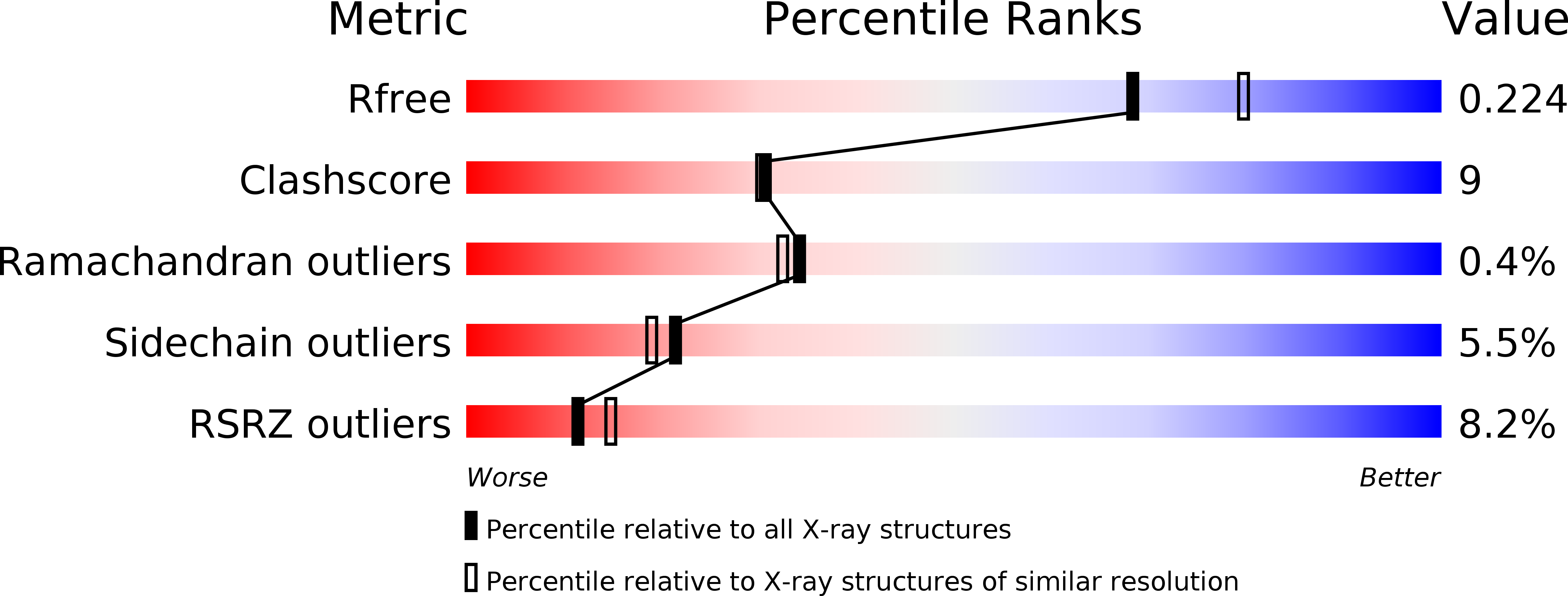
Deposition Date
2005-08-20
Release Date
2005-08-30
Last Version Date
2023-08-23
Entry Detail
PDB ID:
2ARO
Keywords:
Title:
Crystal Structure Of The Native Histone Octamer To 2.1 Angstrom Resolution, Crystalised In The Presence Of S-Nitrosoglutathione
Biological Source:
Source Organism:
Gallus gallus (Taxon ID: 9031)
Method Details:
Experimental Method:
Resolution:
2.10 Å
R-Value Free:
0.22
R-Value Work:
0.18
R-Value Observed:
0.18
Space Group:
P 65


